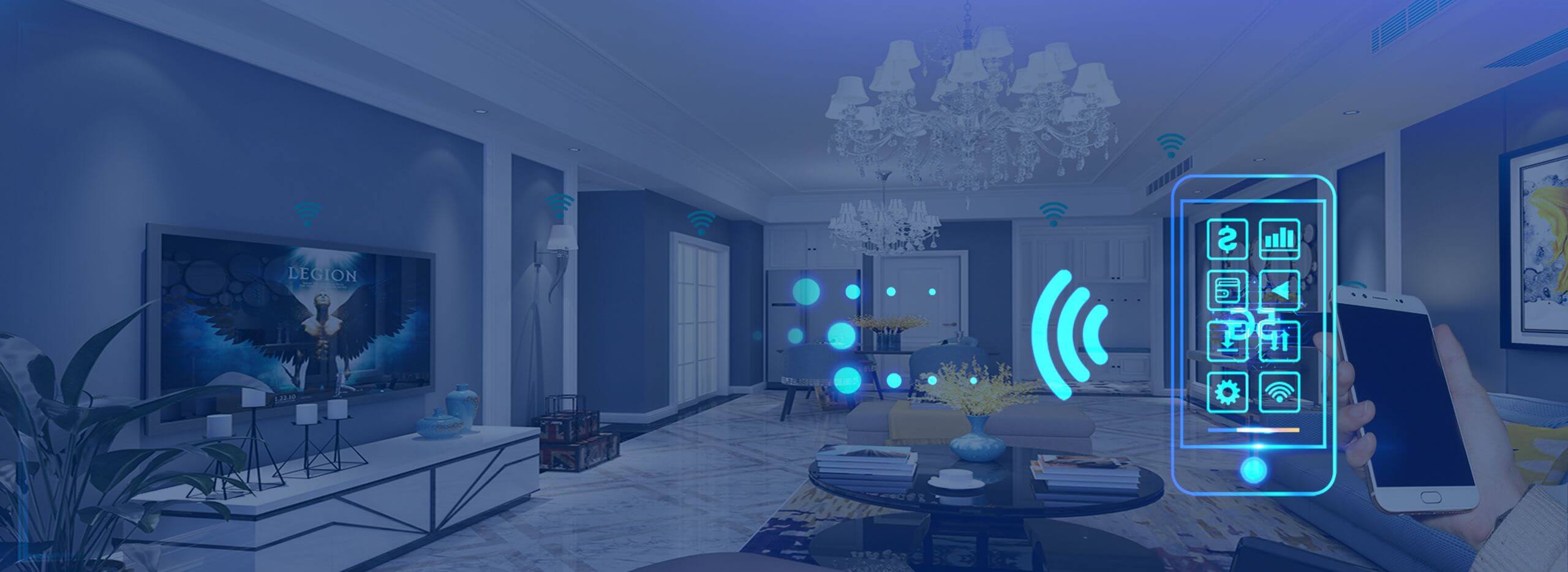In the vibrant universe of electronics and DIY projects, few components open the door to endless possibilities quite like the servo motor. Whether you’re creating a robotic arm, developing an automated camera, or building a smart home device, understanding how to control a servo with an Arduino can transform your ideas into tangible realities.

The journey begins with understanding the core principle: a servo motor is a compact rotary actuator capable of precise control of angular position. Unlike simple motors that run endlessly when powered, servos respond to a specific signal and halt at the designated position, making them invaluable for tasks requiring exact movements.
The heart of the setup is the Arduino, an accessible and versatile microcontroller that serves as the brain of your project. What makes Arduino particularly appealing is its user-friendly platform—where coding is straightforward, and the community supportive.
Getting started requires few components: an Arduino board (such as the Uno), a servo motor, a power supply, and some jumper wires. The servo typically connects through three wires—power (red), ground (black or brown), and signal (white, yellow, or orange). The power and ground connect to the Arduino’s 5V and GND pins respectively, while the signal wire connects to a designated PWM (Pulse Width Modulation) pin.
Why PWM? Servos interpret specific pulse widths as commands for particular positions. The Arduino's built-in functions simplify this process, translating simple commands into precise movements. The ease of programming makes controlling a servo accessible for newcomers, encouraging experimentation and learning.
Once your hardware is connected, it’s time to upload the code. The basic sketch—programming script—initializes the servo object, attaches it to a specific pin, and then commands it to move to different positions. For example, you can write code that makes the servo sweep from 0 to 180 degrees and back, demonstrating how smoothly it responds to commands.
But beyond basic movement, this setup boasts countless creative applications. You can calibrate servo angles for intricate movements, synchronize multiple servos for complex mechanisms, or integrate sensors to create autonomous systems. The beauty lies in the endless scope of customization, from simple hobby projects to sophisticated prototypes.
Furthermore, experimenting with pulse widths teaches fundamental concepts about timing, signals, and control systems—valuable knowledge for budding engineers and programmers. As you grow more confident, combining multiple servos, platforms, and sensors, you unlock the potential for truly innovative inventions.
In essence, controlling a servo with Arduino isn’t just about programming; it’s about emulating life-like movements, automating tasks, and ultimately, crafting stories of technological prowess. Whether it’s a dancing robot, a mini camera gimbal, or a precision robotic arm, the journey of mastering servos is as rewarding as the projects you create.
Delving deeper into Arduino-controlled servo projects, the landscape expands to encompass a dazzling array of possibilities—from art installations and interactive exhibits to functional robotics and educational tools. The key to unlocking these innovations lies in understanding the nuances of controlling multiple servos, integrating sensors, and refining movement for seamless operation.
One fundamental aspect of advanced servo control is understanding the importance of timing and power management. Servos consume power proportional to the load and movement, so designing projects that incorporate proper power supplies ensures stable operation. Relying solely on the Arduino’s 5V outlet for multiple or high-torque servos can lead to unpredictable behavior; dedicated power sources with adequate current capacity are often necessary.
Another critical consideration is the precision of control. By manipulating pulse widths—usually between 1ms to 2ms—arbitrary angles can be achieved. Libraries like Arduino’s Servo library abstract this process, allowing you to command angles directly. However, for fine-tuned control, especially in sensitive applications, understanding the underlying signal timing is essential.
For more complex projects, integrating sensors like potentiometers, ultrasonic distance sensors, or accelerometers enables feedback-loops and autonomous adjustments. Picture a robotic arm that adapts its grip or position based on real-time sensor input—this kind of dynamic control elevates your project from static movements to intuitive, responsive systems.
Programming multiple servos introduces challenges like synchronization and avoiding signal conflicts. Techniques such as sequential control, using interrupts, or dedicated control boards can help manage these challenges, ensuring each servo responds accurately within the broader system. Additionally, employing precise timing mechanisms, like millis() or micros(), ensures coordinated movements, critical in applications such as pan-tilt camera systems, animatronics, or multi-jointed robots.
Beyond hardware considerations, creative coding approaches open avenues for artistic expression. For instance, coding a servo-driven sculpture that responds to music beats or user gestures can produce mesmerizing kinetic art. Similarly, educational kits incorporating servo movements teach students core STEM concepts through tangible experiences, inspiring the next generation of innovators.
The prospect of using Arduino and servos in a networked environment sparks even more ambitious ideas. With further integration of Wi-Fi modules or Bluetooth, you can control servos remotely via smartphone apps or web interfaces. Imagine a robotic vehicle that you can steer from anywhere in the world or a smart curtain system that opens and closes based on sunlight—these projects merge coding, electronics, and connectivity into seamless user experiences.
Ultimately, controlling servos through Arduino is a journey of continuous discovery. It’s about turning these simple components into complex, intelligent systems that reflect your imagination. With patience, experimentation, and a bit of troubleshooting, you'll find each project more rewarding than the last, learning new skills with every turn, tilt, and sweep.
So, whether you're aiming to craft a robotic pet, design an automatic plant watering system, or create interactive art, the possibilities are vast—and controlled by a tiny microcontroller and a humble servo motor. Embrace the challenges, celebrate the successes, and let your creativity drive the next great innovation. After all, in the realm of Arduino and servos, the only real limit is your imagination.
Kpower has delivered professional drive system solutions to over 500 enterprise clients globally with products covering various fields such as Smart Home Systems, Automatic Electronics, Robotics, Precision Agriculture, Drones, and Industrial Automation.




































